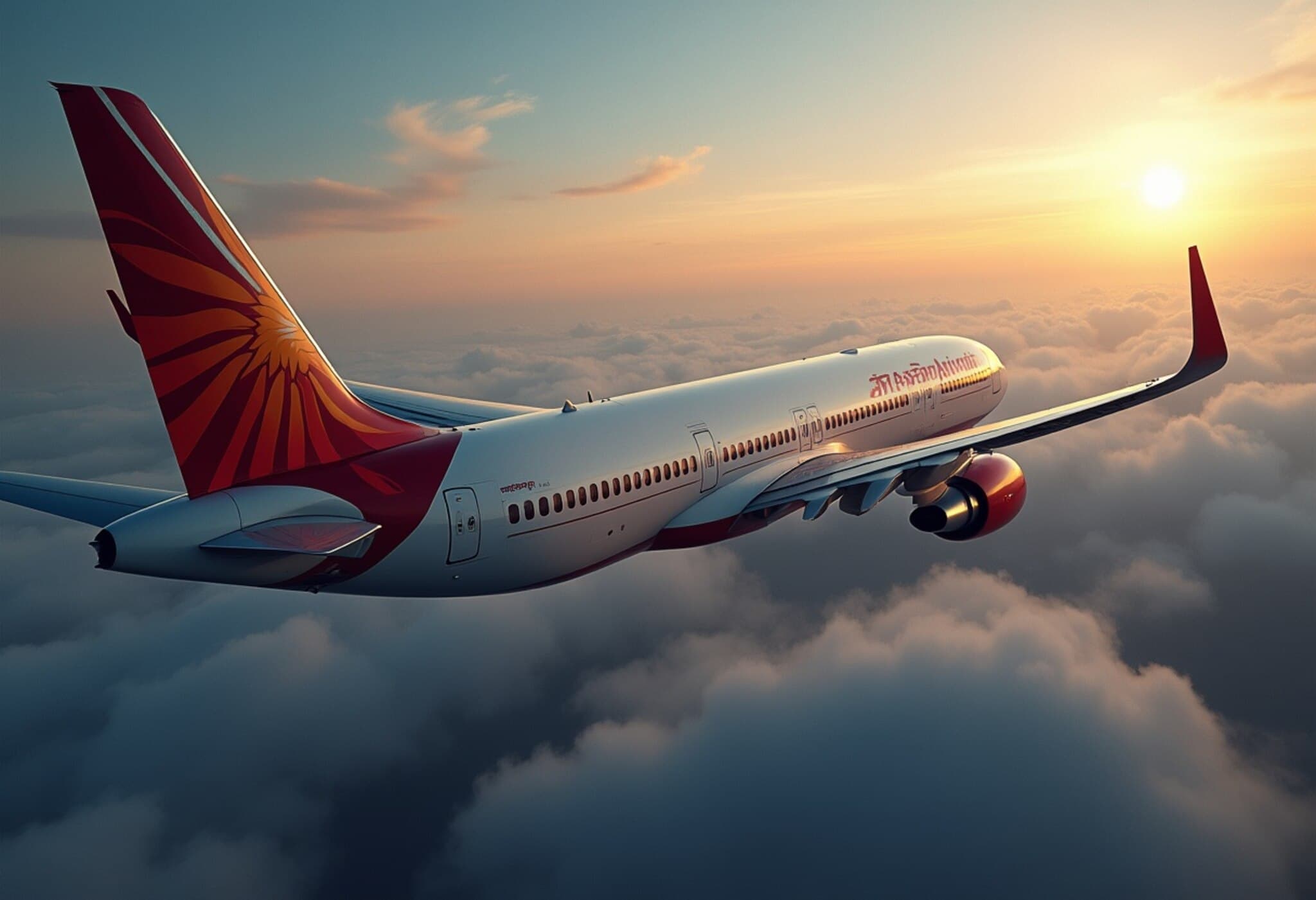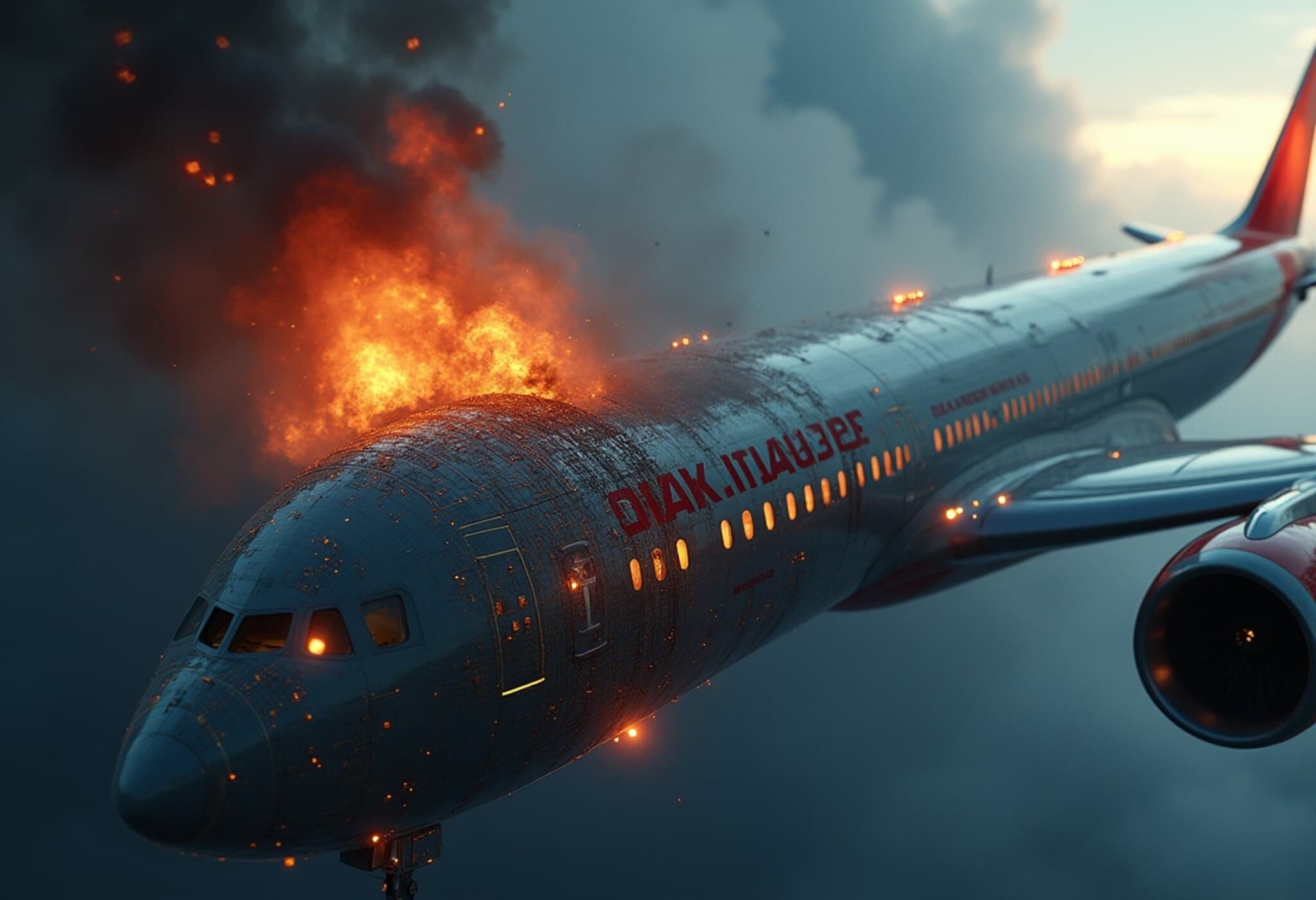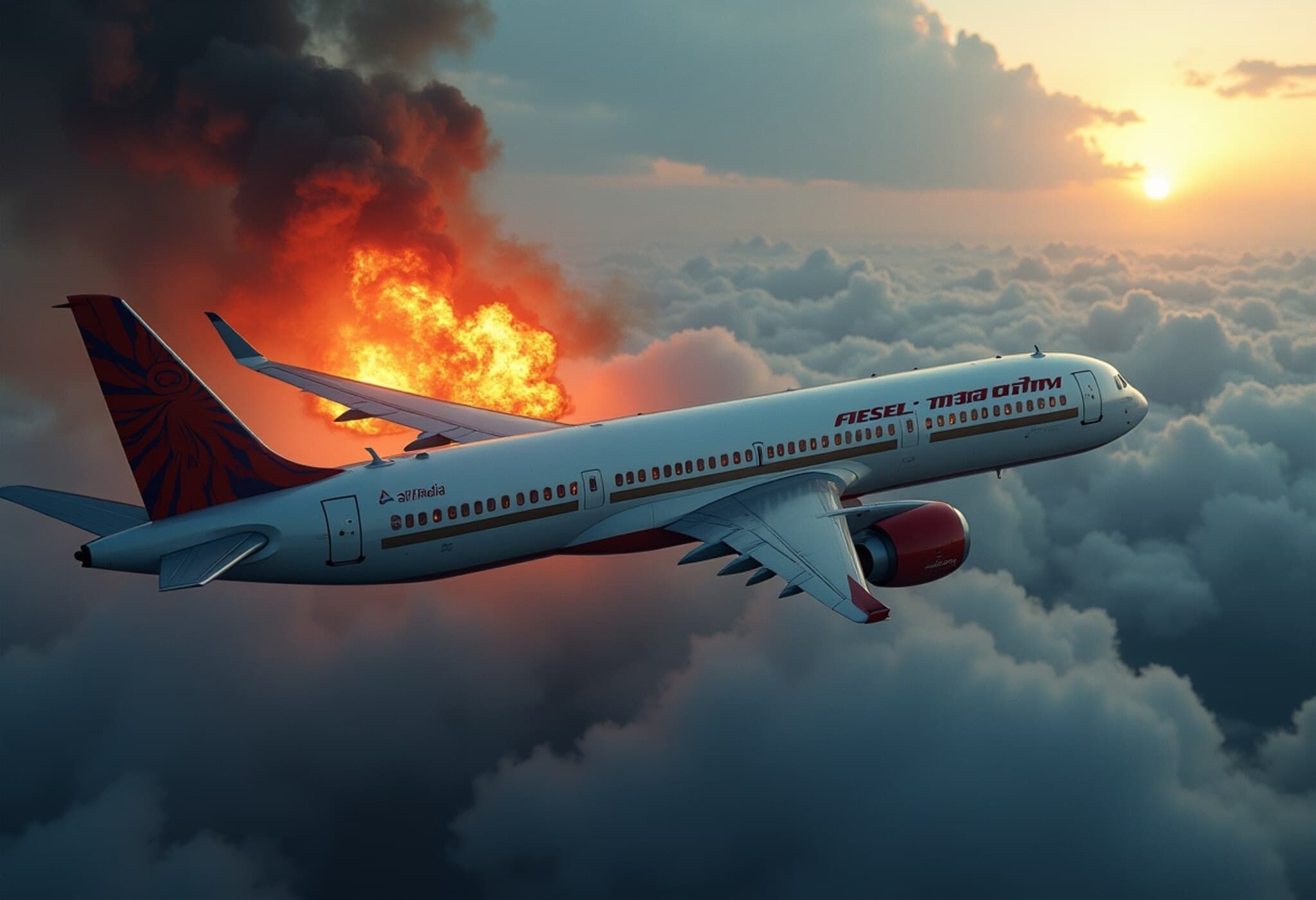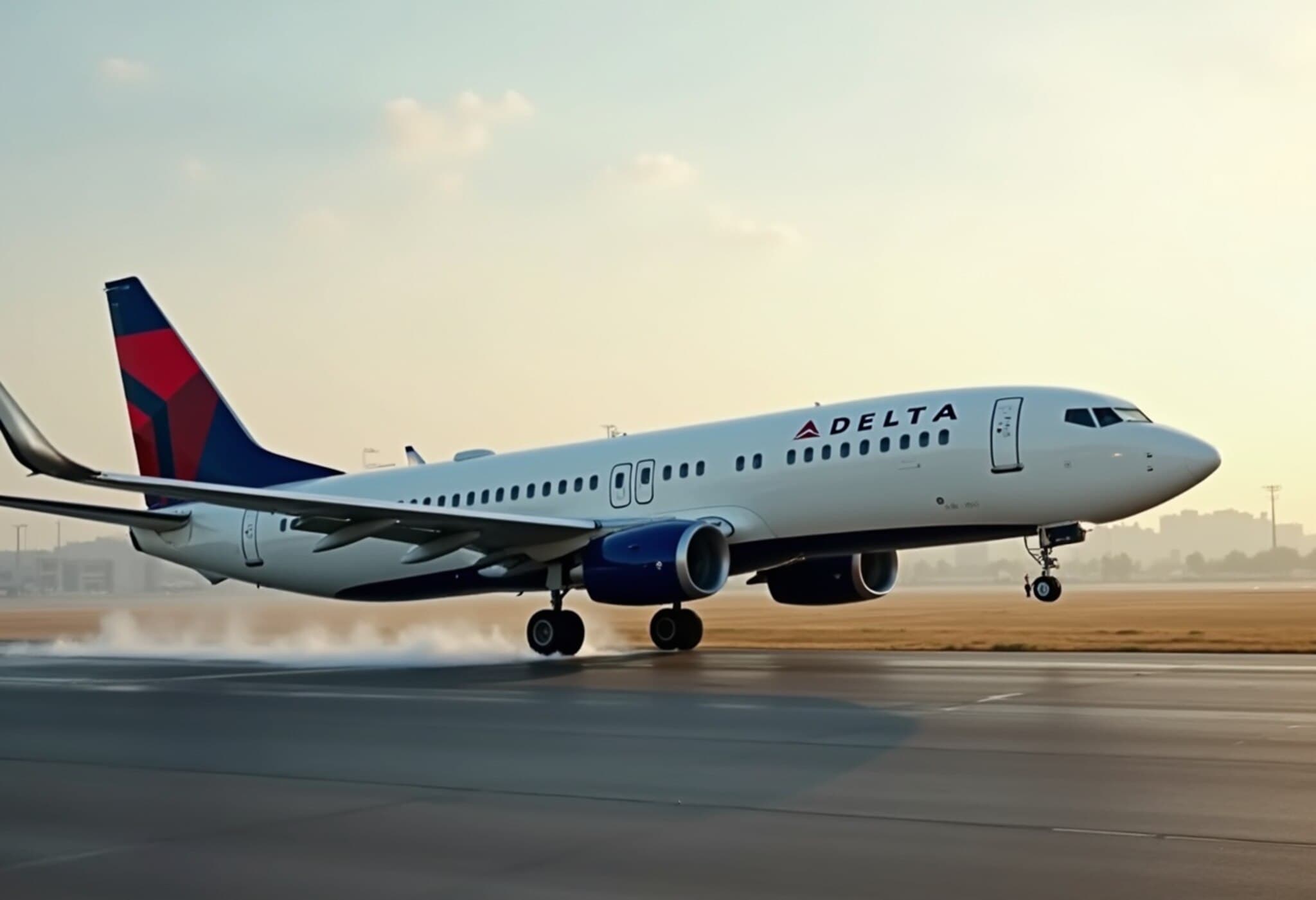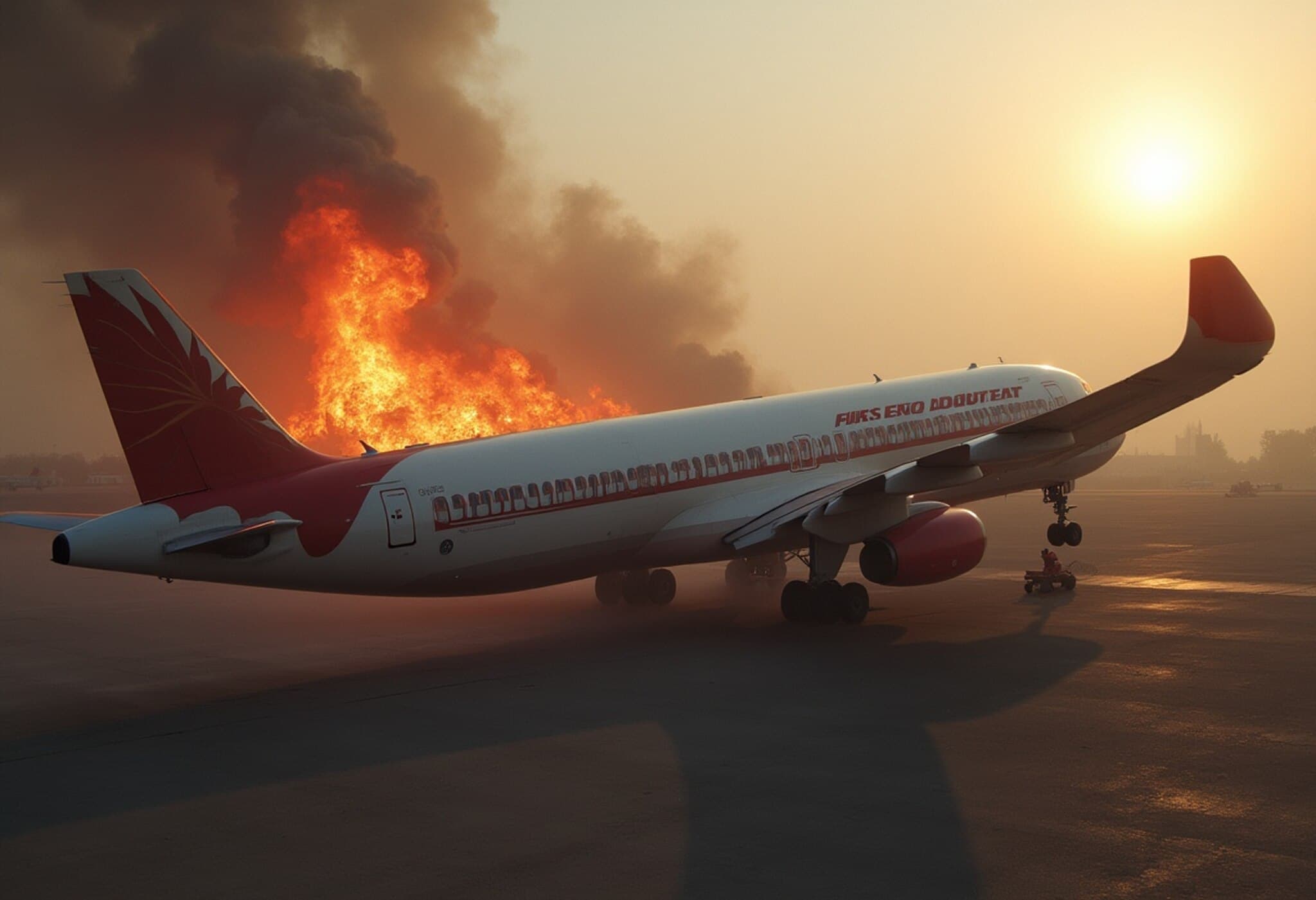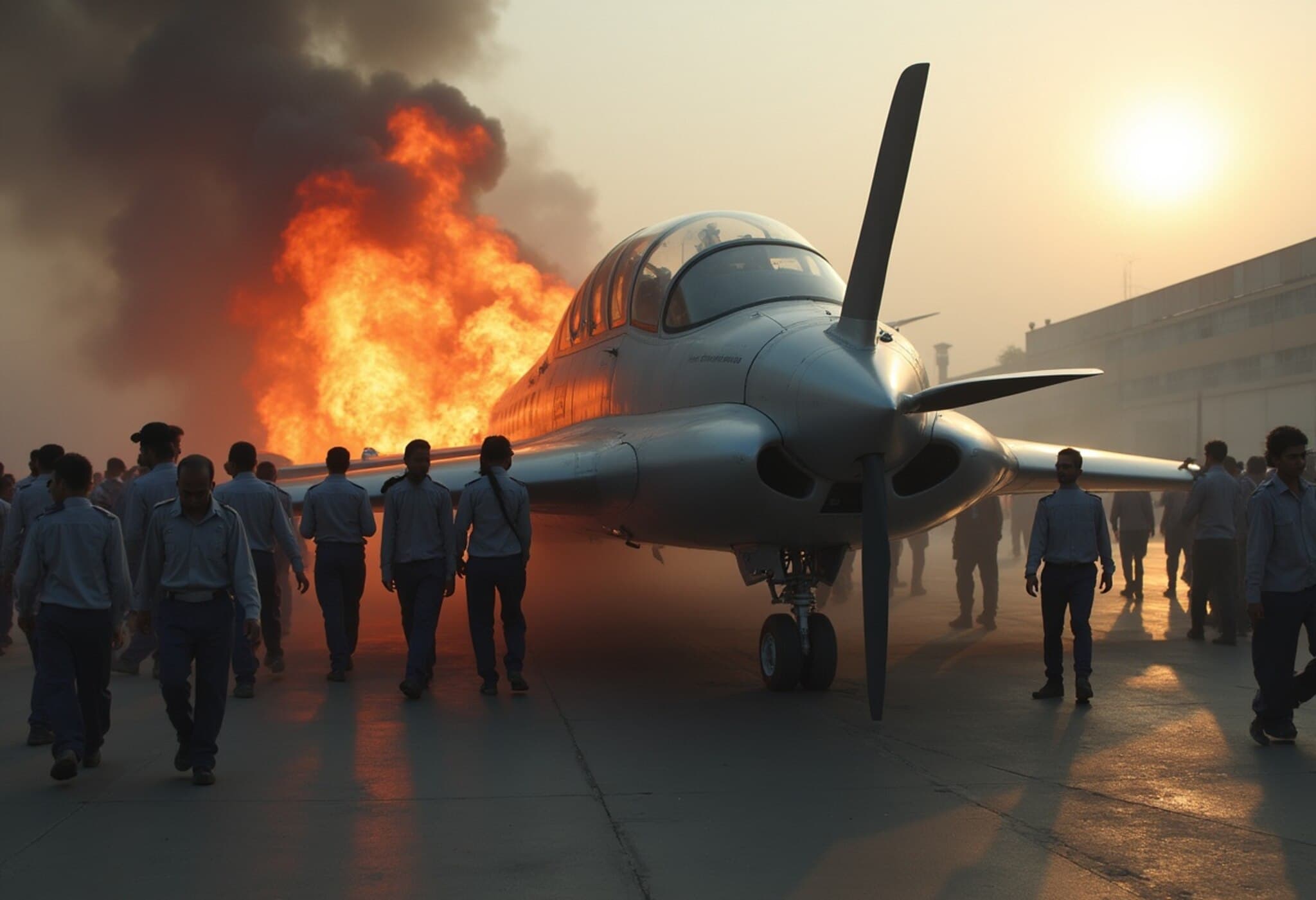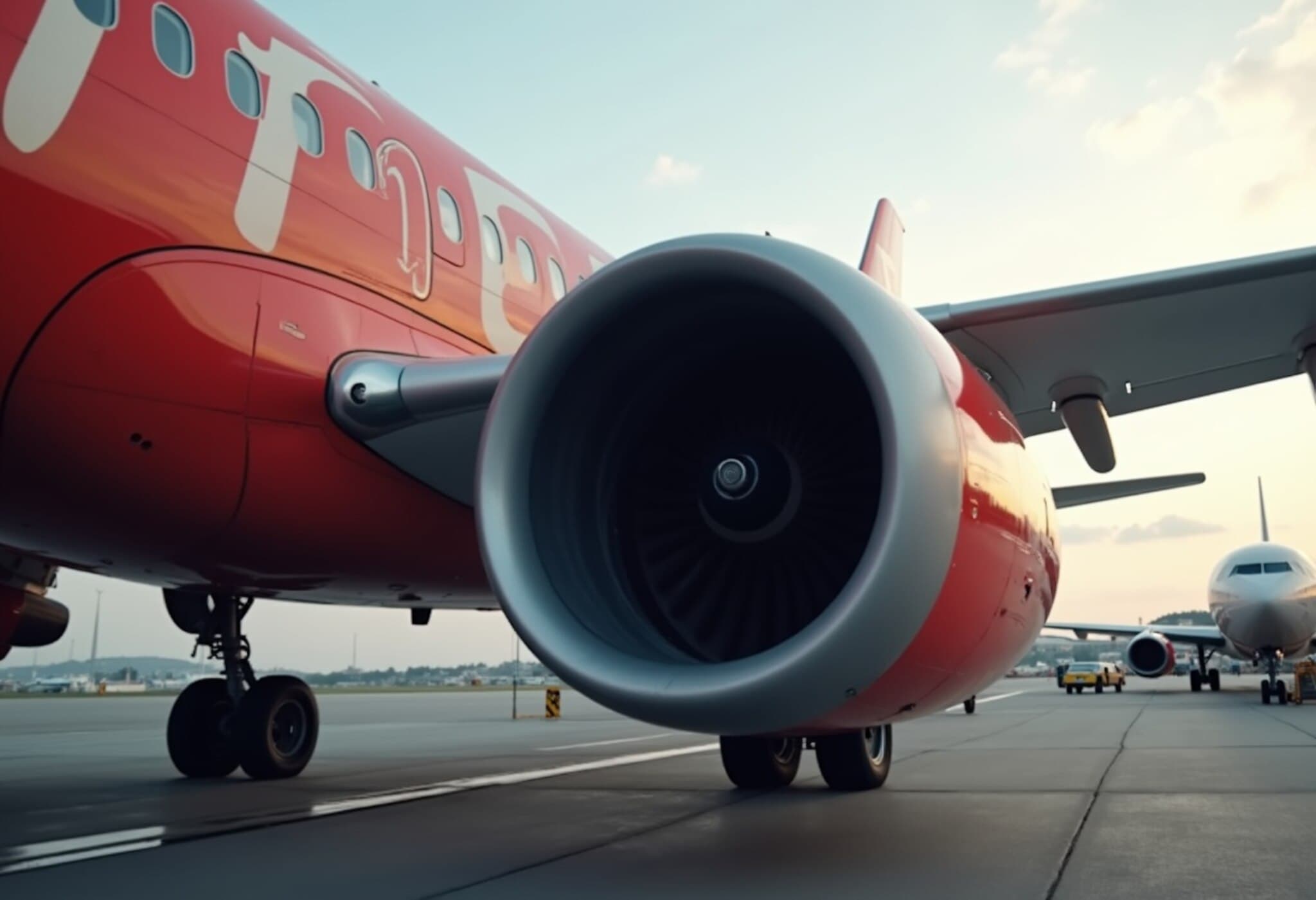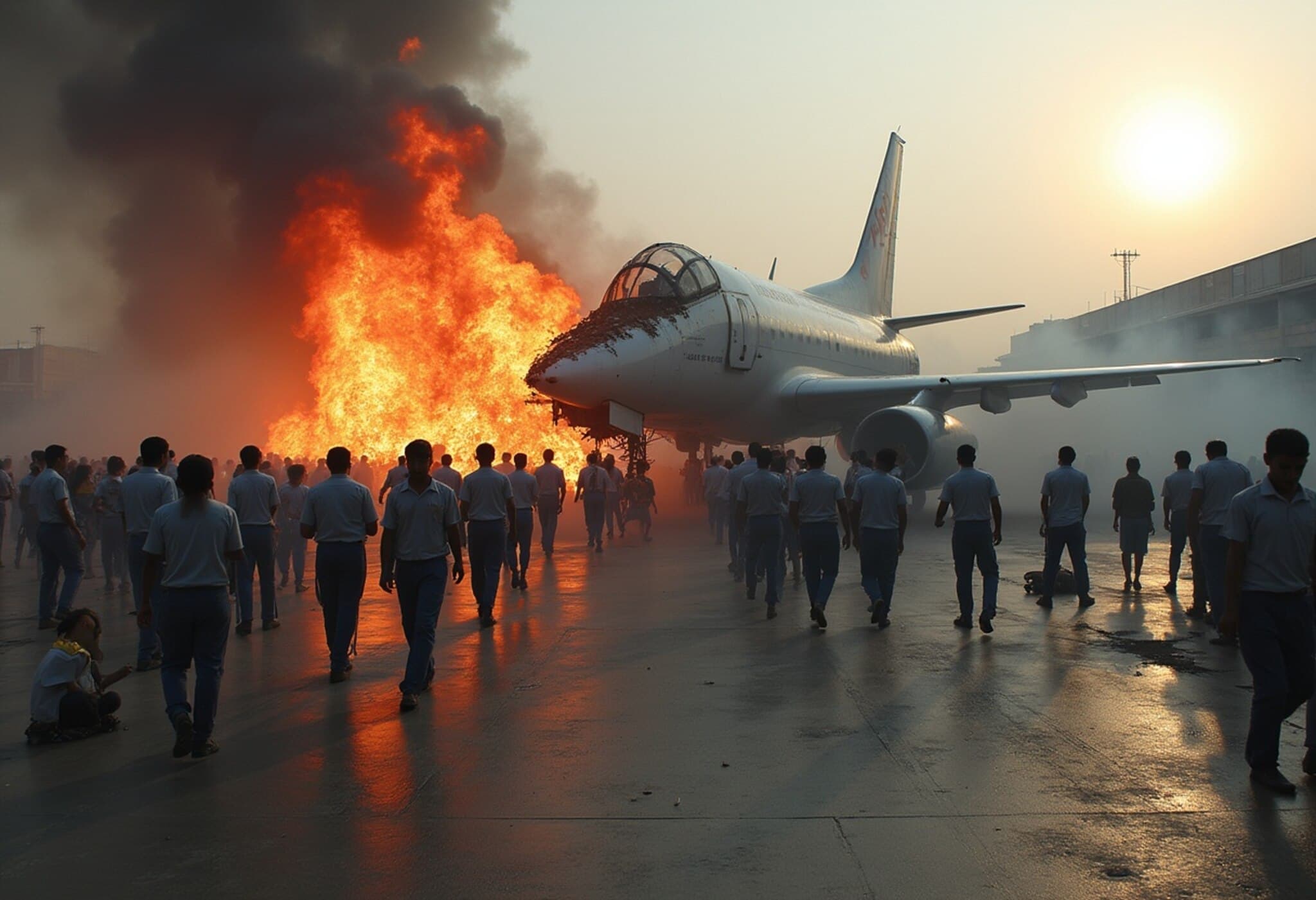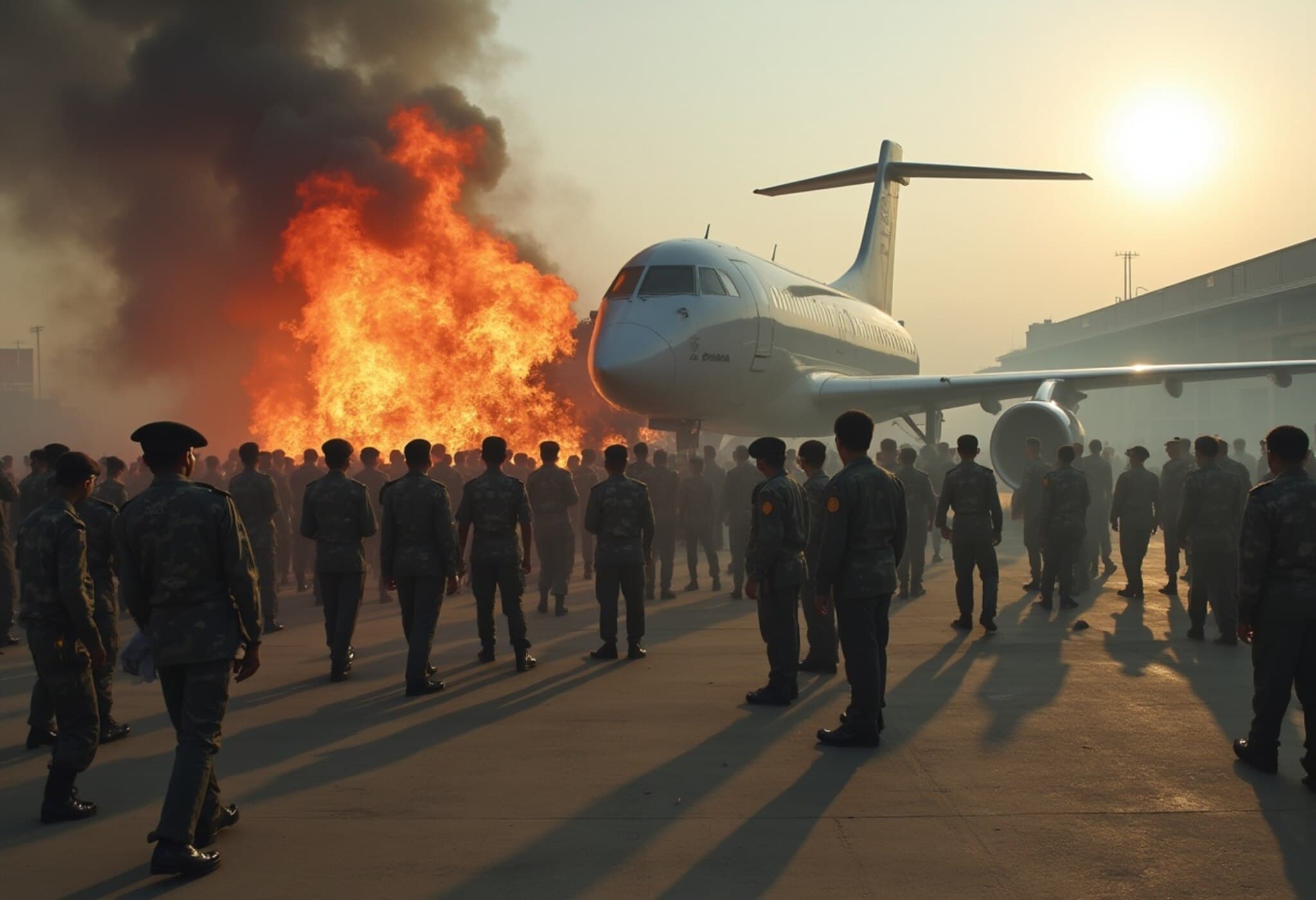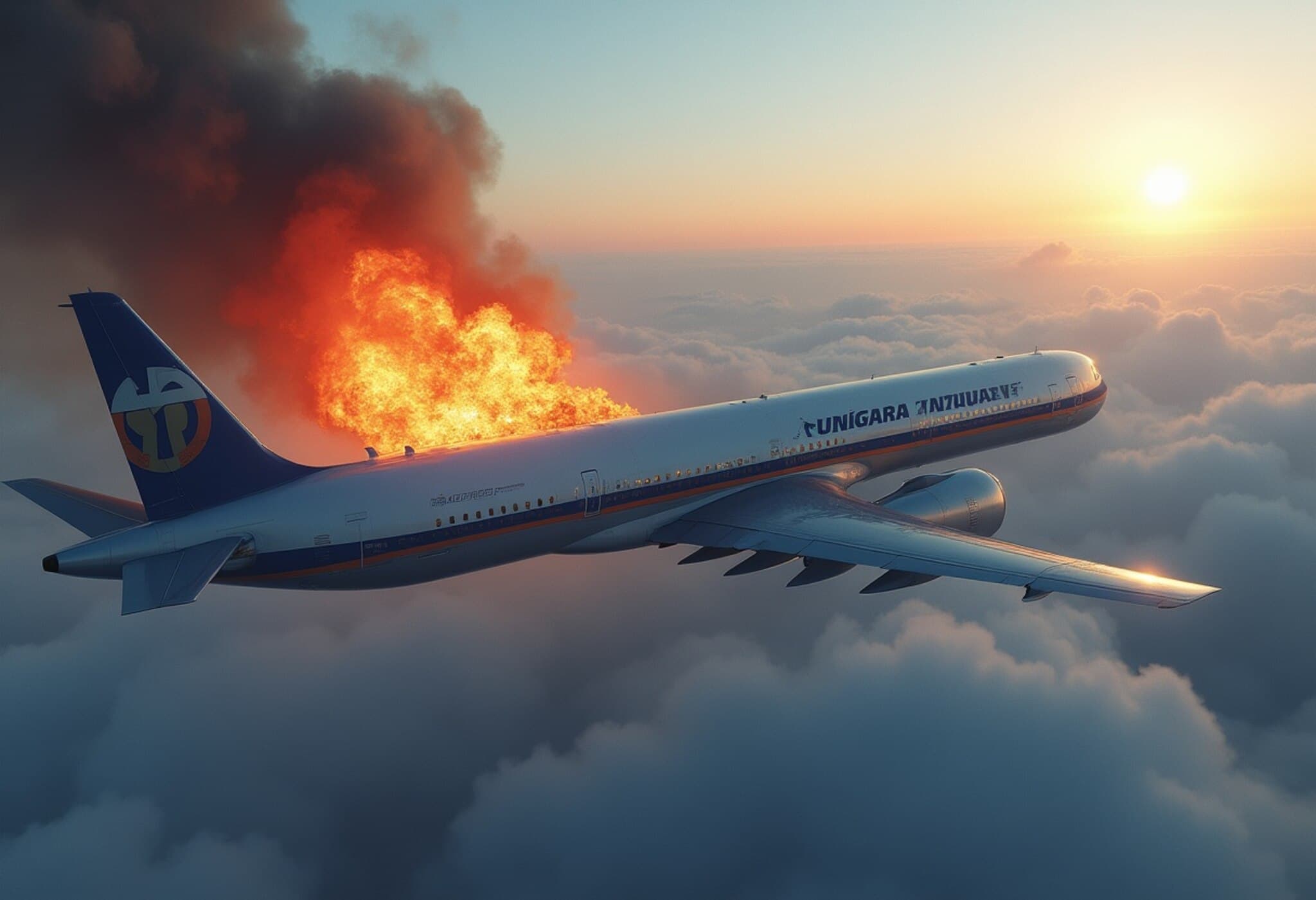Insight into Nepal's Deadly Saurya Airlines Crash: What Went Wrong?
In a tragic aviation incident that rocked Nepal in July 2024, a Saurya Airlines CRJ-200LR jet crashed shortly after taking off from Kathmandu's Tribhuvan International Airport, leaving only one survivor: the plane's captain, Manish Raj Shakya. A recently released government investigation report sheds light on the complex factors behind the crash, pointing to critical pilot errors compounded by systemic safety management shortcomings.
Faulty Speed Data and the Role of the "Speed Card"
Central to the investigation's findings was the aircraft’s "speed card," a vital document outlining the recommended speeds for take-off, climb, and landing phases. The inquiry discovered that erroneous take-off speed figures listed in this card played a major role in the tragedy. According to aviation experts, including Nepalese analyst Nagendra Prasad Ghimire, the aircraft attempted liftoff prematurely, without reaching the necessary speed, setting the stage for aerodynamic failure.
Understanding the Aerodynamic Stall that Led to the Crash
The report explains that the airplane experienced a deep stall during take-off. This stall occurred because the aircraft’s nose was lifted too rapidly at a speed too low for safe ascent, leading to a loss of lift from the wings. A stall, in aviation terms, means the wings no longer generate the lift needed to keep the plane airborne.
Further analysis suggests a wing stall—where one wing loses lift ahead of the other—may have caused the plane to bank sharply to the right before plummeting. Footage from moments before impact shows this dramatic and fatal roll. Pilots typically have minimal time and altitude to correct such a stall during takeoff, and sadly, the crew could not recover.
Negligence Beyond the Cockpit: Cargo Mismanagement and Oversight Failures
Beyond pilot errors, the investigation uncovered gross negligence and non-compliance in the aircraft's cargo and baggage loading procedures, a critical but underappreciated factor that can affect flight safety. Improper loading can destabilize the plane’s center of gravity, compounding aerodynamic risks.
The report urges all Nepali airlines to rigorously review their speed cards and enforce strict cargo protocols to prevent recurrence. Moreover, Nepal's Civil Aviation Authority (CAAN) faces pressure to enhance oversight, especially concerning non-scheduled flights—the category under which the doomed Saurya flight operated.
Nepal’s Ongoing Aviation Safety Challenges
This crash underscores the ongoing struggles of Nepal's aviation industry, which despite being lifelines for connectivity in a mountainous terrain, suffer from entrenched issues like inadequate pilot training, poor maintenance, and regulatory gaps. Notably, Nepali airlines have been banned from European airspace since 2013 due to safety concerns, spotlighting the urgent need for reforms.
The CAAN has yet to publicly comment on the report, reflecting a cautious stance amid growing public scrutiny. Meanwhile, Saurya Airlines has committed to implementing all recommended safety measures. The tragedy serves as a solemn reminder that aviation safety demands relentless vigilance, procedural rigor, and accountability at every level.
Expert Perspective: A Wake-Up Call for Regional Aviation Safety
From an American aviation policy standpoint, Nepal’s challenges echo some lessons learned in developing countries where rapid expansion outpaces regulatory maturity. The Federal Aviation Administration (FAA) often advises emerging aviation markets to prioritize comprehensive pilot training and enforce global safety standards uniformly. Without stringent international collaboration and local compliance, passenger safety remains vulnerable, especially in complex terrains like Nepal’s Himalayan region.
The multifaceted failure behind the Nepal crash also revives debate over the human factors in aviation accidents. How effectively do airlines integrate pilot feedback to update crucial reference materials like speed cards? Could improved automation or real-time monitoring prevent premature rotations in future flights? These questions highlight areas ripe for innovative safety enhancements.
Looking Ahead: Ensuring Safety in Nepal’s Skies
As Nepal continues to rely heavily on air travel to connect its mountainous regions, this crash and its investigation report represent a pivotal moment. Stronger regulatory oversight, coupled with cultural shifts in airline safety culture and transparent incident reporting, will be essential to rebuild trust with the flying public.
- Review and revise speed cards to eliminate critical errors.
- Strict enforcement of cargo loading standards.
- Enhanced pilot training focused on recognizing and recovering from stalls.
- Expand regulatory scrutiny over both scheduled and non-scheduled flights.
- International cooperation to align Nepal’s aviation standards with global benchmarks.
Editor’s Note
The crash of the Saurya Airlines jet is more than a tragic accident—it reveals how complex interplays between human error, procedural lapses, and systemic oversight can converge to deadly effect. While the lone survivor's story offers hope and resilience, the broader aviation community must take these findings as a clarion call to review and reform air travel safety practices—especially in challenging environments like Nepal. How aviation authorities worldwide support emerging markets in institutionalizing safety could be the difference between disaster and secure skies.



